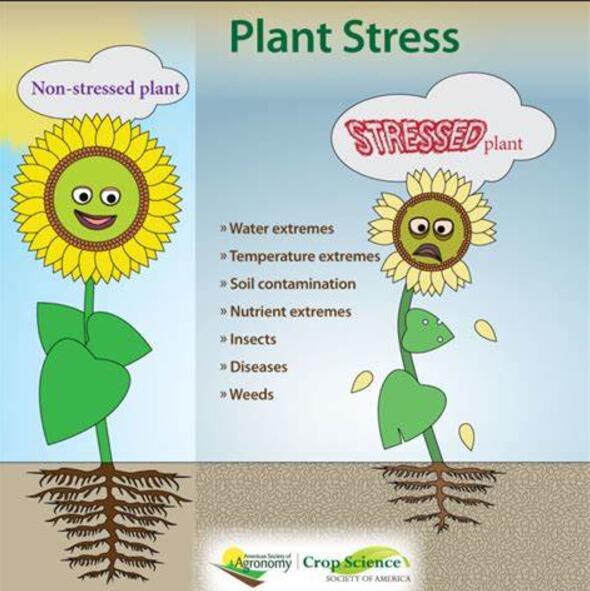Harnessing macroalgal cell walls to trigger immunity in Arabidopsis thaliana
IF 6.8
Q1 PLANT SCIENCES
引用次数: 0
Abstract
There is an increasing need to find sustainable alternatives to conventional agrochemicals to reduce biotic stress in crops. One possible strategy is based on promoting the innate defences of plants by stimulating their immune system. The plant immune system relies on the perception of molecules, which trigger a cascade of biochemical responses known as pattern-triggered immunity (PTI). This study investigated the potential of marine macroalgal cell wall components to be perceived by plants, act as elicitors of plant immune responses and induce disease resistance.
Cell walls of green, red, and brown algae species were chemically fractionated, and the research focused on testing their ability to induce immune responses in Arabidopsis thaliana. Different PTI hallmarks were tested, including H2O2 production, mitogen-activated protein kinases (MAPKs) phosphorylation, and defence gene expression analysis. The results showed that the CaCl2-extracted fraction was particularly efficacious in inducing H2O2 production. As the CaCl2 fraction of all phylogenetic groups also triggered additional immune responses, its ability to protect Arabidopsis against the bacterial pathogen Pseudomonas syringae was evaluated, confirming that certain CaCl2 fractions successfully provided resistance to the pathogen. The monosaccharide and glycosidic linkage analysis of these fractions pointed to some specific algal cell wall glycans (e.g. porphyrans and fucoidans) that could contribute to the immunostimulatory capacity, thereby paving the way for the identification of distinct structures with potential agrobiological applications.

求助全文
约1分钟内获得全文
求助全文
来源期刊

Plant Stress
PLANT SCIENCES-
CiteScore
5.20
自引率
8.00%
发文量
76
审稿时长
63 days
期刊介绍:
The journal Plant Stress deals with plant (or other photoautotrophs, such as algae, cyanobacteria and lichens) responses to abiotic and biotic stress factors that can result in limited growth and productivity. Such responses can be analyzed and described at a physiological, biochemical and molecular level. Experimental approaches/technologies aiming to improve growth and productivity with a potential for downstream validation under stress conditions will also be considered. Both fundamental and applied research manuscripts are welcome, provided that clear mechanistic hypotheses are made and descriptive approaches are avoided. In addition, high-quality review articles will also be considered, provided they follow a critical approach and stimulate thought for future research avenues.
Plant Stress welcomes high-quality manuscripts related (but not limited) to interactions between plants and:
Lack of water (drought) and excess (flooding),
Salinity stress,
Elevated temperature and/or low temperature (chilling and freezing),
Hypoxia and/or anoxia,
Mineral nutrient excess and/or deficiency,
Heavy metals and/or metalloids,
Plant priming (chemical, biological, physiological, nanomaterial, biostimulant) approaches for improved stress protection,
Viral, phytoplasma, bacterial and fungal plant-pathogen interactions.
The journal welcomes basic and applied research articles, as well as review articles and short communications. All submitted manuscripts will be subject to a thorough peer-reviewing process.
 求助内容:
求助内容: 应助结果提醒方式:
应助结果提醒方式:


